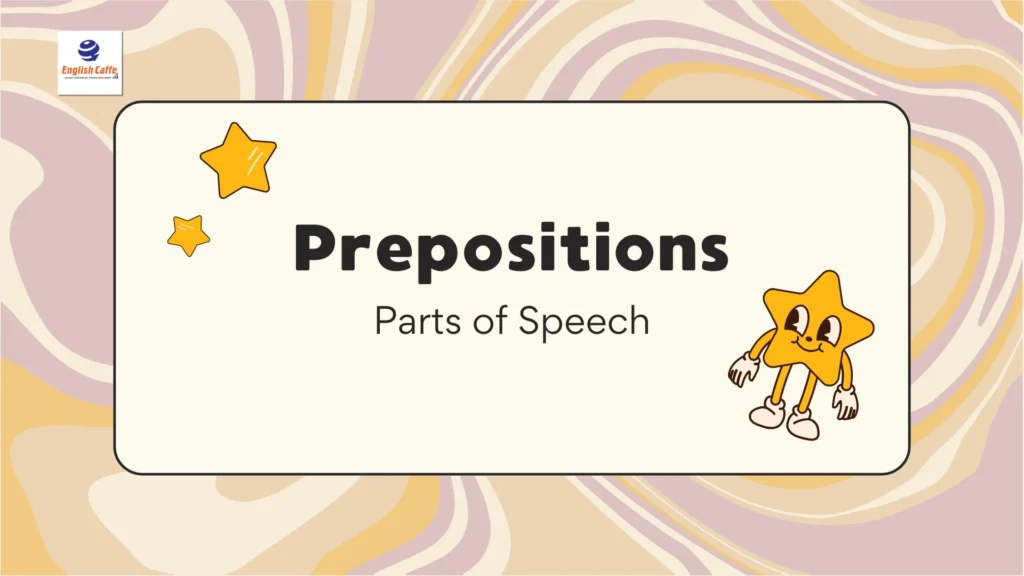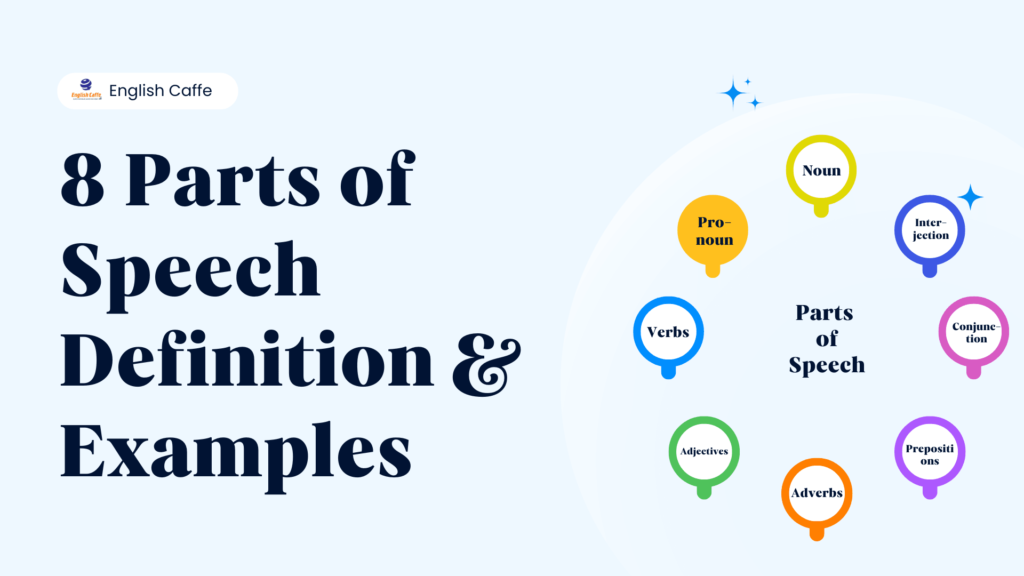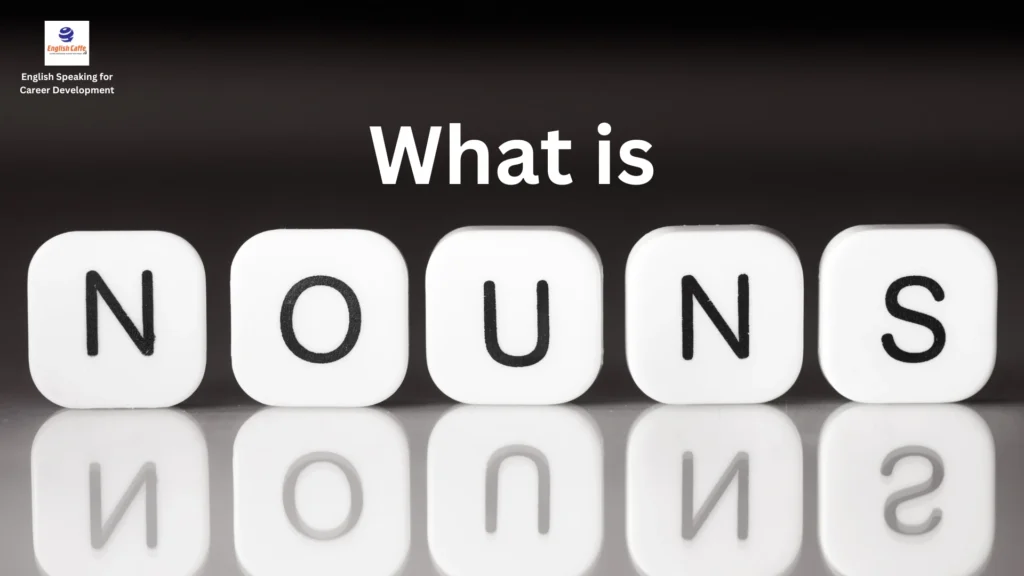A preposition is a word that pertains to the relationship between a noun or pronoun and other words in the same sentence. This helps show things such as where something is located, at what time something has occurred, and the manner of its occurrence. We can use a preposition to say where something is (e.g., “in,” “on,” “under”) and when something happens (e.g., “at,” “before,” “after”).
Let’s take a look at some important details to understand prepositions better. We’ll also look at how it is used in sentences, especially for time and place. By the end of this guide, you’ll understand prepositions clearly, and this will help you in your English Speaking Course as well!
What Are Prepositions?
Prepositions are small words but very important in making our sentences meaningful. They usually tell us about the relationship between things in terms of place, time, or direction.
Examples of Prepositions
- In: The book is in the bag.
- On: The cat is sitting on the chair.
- At: We will meet at the bus stop.
- Under: The ball is under the table.
Each preposition identifies the relationship between the nouns and the other components of these sentences. Specifically, I am referring to “in”, “on”, “at”, “under”, as they relate to “book”, “cat”, “bus stop”, and “ball”.
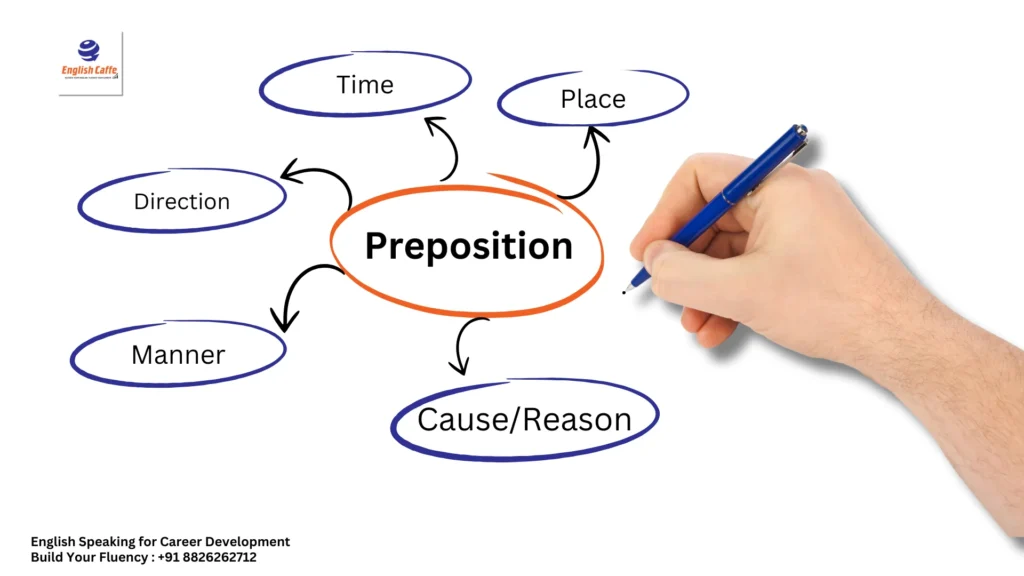
Types of Prepositions
It can be divided into different categories. Let’s look at some of the most common forms:
1. Prepositions of Place: These prepositions state where something is.
- In: The toy is in the box.
- On: The book is on the shelf.
- Under: The shoes are under the table.
2. Prepositions of Time: They denote the time anything happens. They help us express dates, days, or specific times.
- At: I will meet you at 5 PM.
- On: The school starts on Monday.
- In: We are going for a holiday in July.
3. Prepositions of Direction: These denote where something is going or the direction in which it is going.
- To: She is going to the market.
- Into: He went into the room.
- Through: We walked through the park.
4. Prepositions of Manner: They tell how something is done.
- By: She traveled by bus.
- With: He cut the paper with a scissor.
5. Prepositions of Cause or Reason: These prepositions show why something happens.
- Because of: He was late because of the rain.
- Due to: The match was canceled due to the storm.
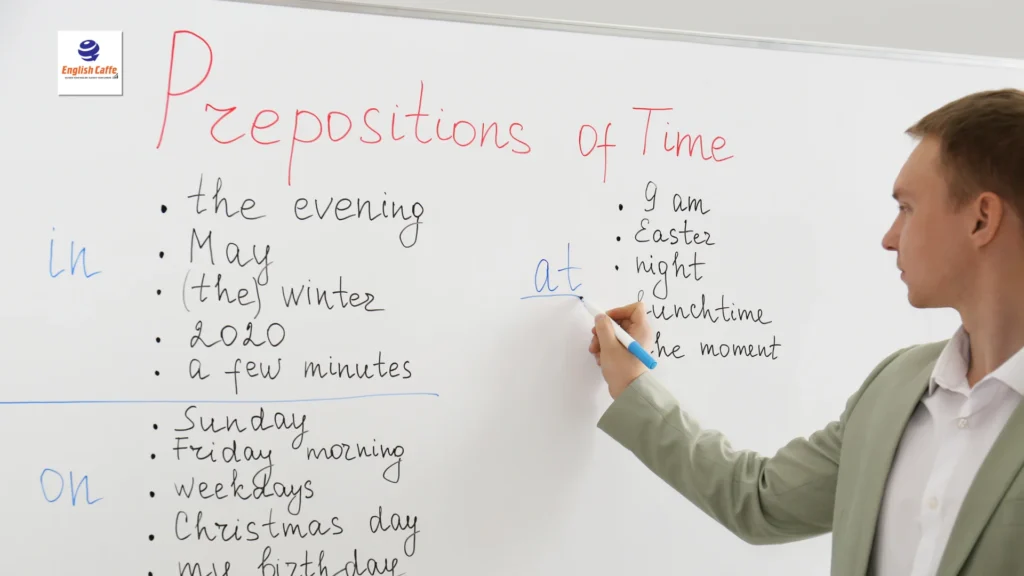
Prepositions Before Time
Prepositions are also commonly used to express time. Here are some rules about which preposition to use before time:
1. At: We use at to show the exact time of an event.
- Example: The meeting will start at 9 o’clock.
- Example: I will see you at noon.
2. On: We use on when talking about specific days or dates.
- Example: The party is on Friday.
- Example: My birthday is on July 10th.
3. In: We use in for longer periods such as months, years, centuries, or long periods.
- Example: The book was published in 2020.
- Example: We will visit you in December.
More Examples of Prepositions Before Time for Practice
- At: “The concert will begin at 7 PM.”
- On: “We go to the park on weekends.”
- In: “My family is going on vacation in the summer.”
- “The dog is sleeping under the bed.”
- “She arrived at the airport on time.”
- “I saw her in the library.”
Common Mistakes with Prepositions
Many students make mistakes when using prepositions, especially when it comes to prepositions of time and place. Here are some common errors and how to avoid them:
1. Incorrect: I will meet you in 5 PM. Correct: I will meet you at 5 PM.
2. Incorrect: She is going at school. Correct: She is going to school.
3. Incorrect: We are meeting on Monday morning. Correct: We are meeting in Monday morning.
By practicing prepositions and understanding how they work, you can improve your English speaking skills. Prepositions are key to forming sentences that are clear and understandable.
Here are some practice questions based on prepositions, including true/false and fill-in-the-blank questions:
True or False
- True or False: The preposition “at” is used to describe a general location.
- True or False: We use “on” for specific days or dates.
- True or False: “In” is used for specific times like 5 PM.
- True or False: We use “at” for longer periods like months and years.
- True or False: Prepositions of time can include words like “before,” “during,” and “after.”
- True or False: The sentence “He went into the store” uses a preposition of place.
- True or False: The preposition “on” is used for months and years.
Fill in the Blanks
- We meet every day ____ 7 PM.
- I will see you ____ Monday morning.
- The books are ____ the table.
- He is sitting ____ the chair.
- My birthday is ____ May 5th.
- She walked ____ the park yesterday.
- We are going to the beach ____ the summer.
- The train arrives ____ 8:30 AM.
- The keys are ____ my bag.
- I put the laptop ____ the desk.
Conclusion
Prepositions are very important words that help us understand the relationship between objects, people, and places. Whether you’re talking about where something is, when something happens, or how something is done, prepositions are essential to making your sentences complete.
Remember to practice using prepositions, especially when talking about time and place. The more you practice, the better you will get, and it will help you in your English Speaking Course. By using prepositions correctly, you’ll be able to express yourself clearly and confidently in English.

